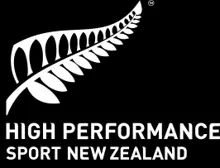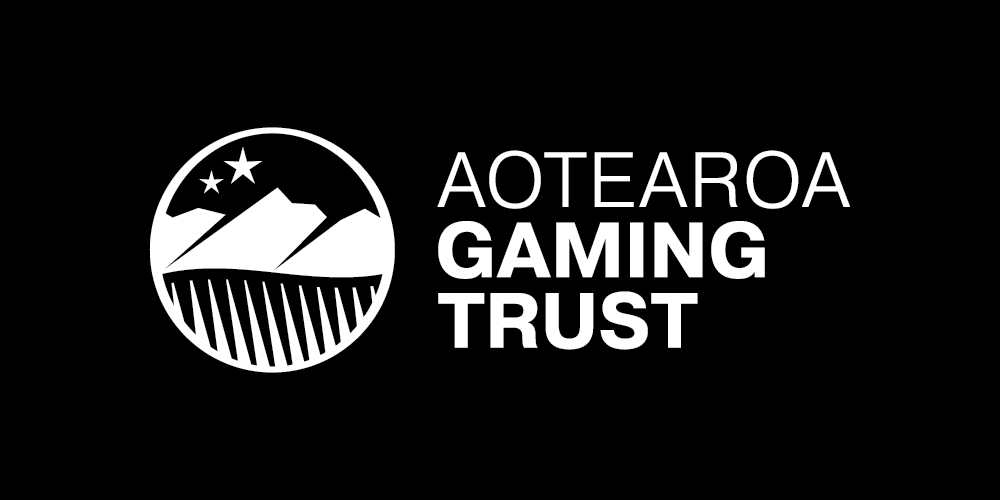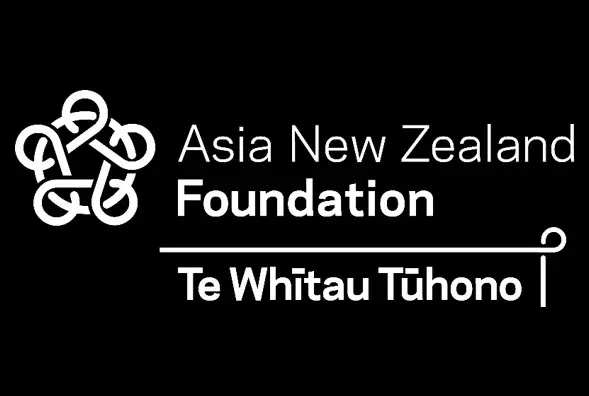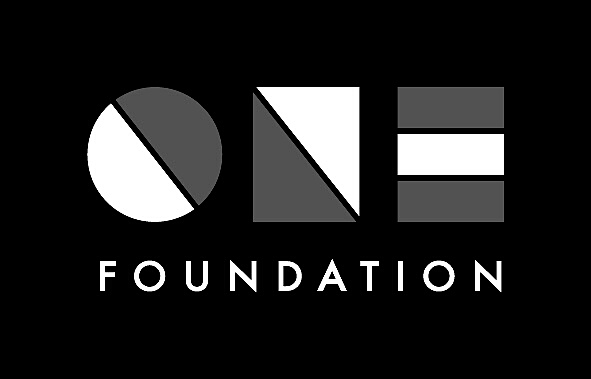Classification Process
Classification is carried out through a process called “Athlete Evaluation“ that comprise procedures for the assessment of athletes and the allocation of Para Sport Class and Para Sport Class Status.
Who carries out Athlete Evaluation?
Classification is conducted by a group of classifiers. Each International Federation (IF) trains and certifies classifiers to conduct athlete evaluation in its Para sport. Classifiers for athletes with a physical impairment are specialist medical and/or technical experts. Classifiers for athletes with a visual impairment have a background in ophthalmology or optometry. Psychologists and Para sport experts are responsible for the classification of athletes with an intellectual impairment.
When does Athlete Evaluation happen?
Athlete Evaluation takes place several days before competitions begin.
Depending on the type and severity of the impairment, or in the case of a junior athlete, or athlete with a new acquired impairment, an athlete may be classified several times in their career.
Athlete Evaluation: the 3 fundamental questions
Number 1. Does the athlete have an Eligible Impairment for this Para sport
Any athlete wishing to participate in Para sport competition must have an Underlying Health Condition that leads to a permanent Eligible Impairment.
The athlete’s impairment must be one of the 10 IPC Eligible Impairment Types.
Athletes are required to submit a Medical Diagnostics Form completed by their medical doctor and submit other relevant medical information giving evidence of their impairment.
The assessment of whether an athlete meets eligibility must be carried out by one or more senior classifier/s who may also seek expert advice from the International Federation Head of Classification.
Number 2. Does the athlete’s Eligible Impairment meet the Minimum Impairment Criteria of the Para sport
Each Para sport’s classification rules describe how severe an Eligible Impairment must be for an athlete to be considered eligible to compete. These criteria are referred to as Minimum Impairment Criteria (MIC).
Minimum Impairment Criteria must ensure that an athlete’s Eligible Impairment affects the extent to which the athlete is able to execute the specific tasks and activities fundamental to the Para sport.
Examples of Minimum Impairment Criteria are a maximum height defined for athletes with short stature, or a level of amputation defined for athletes with limb deficiency.
The assessment of whether an athlete meets the MIC for a Para sport is carried out by the medical classifier who assesses the severity of the impairment, (medical assessment), and for those Para sports that require a technical assessment of Para sport tasks and skills, this will be done by a technical classifier, (technical assessment).
In some evaluations, an athlete will be assessed during their first appearance in the competition, (observation assessment).
If an athlete does not meet the MIC to compete in a Para sport, this does not question the presence of a genuine impairment.
Number 3. Does the athlete have an Eligible Impairment for this Para sport
After an athlete has been designated as eligible for a Para sport, the classification panel will assess which Para Sport Class the athlete will compete in.
The Para Sports Class groups athletes together for competition according to how much their impairment affects their abilities to carry out the skills of the Para sport.




























